Happy Halloween! Please enjoy sharing these historical articles for the holiday.
0 Comments
Transcription of audio from the video:
Hey, there! I'm Sarah A. Chrisman, the author of the Tales of Chetzemoka, and today I'm going to show you how to make coasting cookies, which is a recipe that originally appeared in an 1875 cookbook, and is very popular with the members of the cycling club in my series. Kitty's always making them, and they're the ones she brings to Ken when he dislocates his elbow in A Rapping At The Door, they're also the ones that Ken and Felix are fighting over in Love Will Find A Wheel, and they pop up in Delivery Delayed, too, so you'll find the recipe in the backs of all these books. They're very tasty. [Montage] The recipe for coasting cookies, which originally appeared in an 1875 cookbook and is reprinted in a number of my stories, runs: "One pound of flour Eight ounces of butter Half a pint of molasses One tablespoonful of soda, beaten very hard in the molasses One tablespoonful of coriander seed and of caraway, pounded in a mortar Ginger to taste Soften the butter, stir in the molasses, ginger, seeds and flour, roll thin, cut and bake in a quick oven The first step of any baking project is getting the oven warmed up, and in my particular case that means lighting the stove. Our stove is a Charm Crawford size 7. This was a little smaller than the most popular models of stoves in the late nineteenth-century, but it is the biggest stove that would fit in our kitchen. There's a patent plate on one side which tells us the company started making this model on July 15, 1879, then updated their model a number of times. Our particular stove was manufactured in 1901, and later refurbished by a Rhode Island company called the Antique Stove Hospital. My stove has three different dampers to control the air flow. You can see two of them here, and the other is controlled by a knob at the back of the range. Adjusting these dampers controls how much oxygen is getting to the fire, and how much heat is being directed towards the stove rather than up the chimney. When I light the stove, all the dampers are fully open to give the kindling enough oxygen to get going, then once the main log's caught I slide the range damper to the "bake" setting. Now to mix up the cookies! In America, butter is generally sold as quarter-pound sticks, so the eight ounces called for in this recipe translates easily as two sticks. Most historical recipes, this one included, were written assuming that the cook would use salted butter, because salt has historically been an important preservative. One of the really handy things about using a woodstove is that the warming shelf makes it really easy to soften the butter when I make cookies. As soon as the baking soda gets added to the molasses it's going to start a chemical reaction, so it's best to grind up the coriander and caraway and have them ready before we do that. Bringing out the spices is a good reminder that everything in the world has its own endless layers of backstories, and there's always more to discover about even the simplest of things. Archaelogists have found coriander seeds from over two thousand years ago in the old middens left behind by Roman legionaries. The Ancient Romans also enjoyed flavoring things with caraway. By medieval times, not only was caraway still being used as a seasoning throughout Europe, but it was also recommended for alleviating dyspepsia. Maybe Nurse McCoy should see to it that Silas gets some of these cookies! When the recipe calls for "ginger to taste" it means just that: you can add however much you like according to your particular taste. Personally, I add one tablespoonful of ginger, so it matches the coriander and the caraway. It makes it nice and well-rounded that way. Half a pint of molasses is one cup, so that's nice and easy. And then when you add in the baking soda, you really do want to beat it good and hard, because baking soda is going to react with the molasses and that chemical reaction is actually what's going to make your cookies rise. You'll know the reaction is happening when the molasses starts to turn a really pretty caramel color —that shows you you've beaten it enough. And then, you just add the butter, and the spices, and the flour. And, by the way: one pound of flour is about 3 1/3 cups. Mix it all up together, and your cookies are almost ready. I usually start stirring with a spoon, and then when it gets too stiff to to do any more stirring with a spoon I switch to my clean hands. Now, the original recipe for these tells you to roll them out: that will give you a nice crisp cookies. Personally, I prefer soft cookies; and since this is my own private kitchen and not a sound set somewhere and I'm going to be the one to eat these, and not some faculty members, because I don't have any faculty backing me up [laughs] I'm going to make them soft like I like my cookies. And to do that, instead of rolling them out, I'm going to roll them into little balls. You can make them either way, crisp or soft. Wonderful thing about making your own cookies is you get to make them the way you like them! I usually roll them into little balls about —a little bit bigger than— the average walnut. A quick oven is around 375 degrees, or as close as you can get your oven; and the bake times in historical recipes are usually pretty vague because it's hard to keep a wood-burning stove at exactly one temperature for a specified period of time so there's going to be a lot of variation. Usually I find that these are done in about 8-10 minutes at 375 degrees. And in a woodstove of course, or a stove that has its heat more on one side than another, you want to remember to turn it halfway through. Those look done to me! So there I have my coasting cookies, just like my friend Kitty's always making. I hope she approves of them. I hope you liked this video. If you did, please give it a nice thumbs up, and remember to tell your friends about my books so they can enjoy the recipes, too. Happy reading! Transcription of audio from the video:
Hey, there! I'm Sarah A. Chrisman, the author of the Tales of Chetzemoka, and today I'm going to talk to you about why everyone should be reading more books. [Montage] Books are the best way I know to travel through time and space. Books will take you vast distances and expand your worldview. Film and video are limited to showing you the world as a flat picture, but the descriptions in books engage all your senses and put you right in the middle of the action. Not only do books take you on adventures, but they make you think and consider important things and engage deeply with information in ways that hyperbolic internet articles never can. The internet world is all about snappy headlines and superlatives, and black and white thinking that promotes short attention spans. There have been a lot of really interesting studies in neuroscience and information acquisition that have shown that the human brain actually engages differently with information seen online than it does with information in physical books. Not only do these two different behaviors actually engage different parts of the brain, but studies have also shown that when someone reads something on a screen the tendency is to just scan the material and grab out key words, whereas with a physical book people are more likely to read the material carefully and actually consider it in-depth. At the same time, another thing to consider is that we are a social species, and nothing is as contagious as example. Every time someone sees someone else reading a physical book, that very act is an advertisement for that particular book and therefore a way to help the author of that book earn a living in a field where that can be really challenging. On the other hand, when someone sees someone else spending their free time on a digital device, it's an advertisement for the corporation that made that device. Books lead to other books. At the end of each of my Tales of Chetzemoka, I include appendices that list sources of information that led to that particular book. The reason I take the trouble to include these is that I always hope that my readers will use them as reading lists go off and learn more about the topics covered in the story. You can use the bibliographies of non-fiction books in a similar way, and in fact that's how I find a lot of my sources. Even if a book doesn't spoon-feed you a reading list in this way, you can still open doors of new research through it. Just keep a list of names, dates, and events that the book introduced you to, and you'll be all set to go exploring. I keep an ever-growing set of notebooks where I write down things I've gleaned from my antique books: things the books have taught me, concepts they've brought up, ideas I want to research more fully, and good quotes that have spoken to me in some way. When I read re-printed or new books, I'll often jot down my notes right on the pages, and this marginalia sort of becomes a private conversation with the author. It's useful to keep your personal library organized in such a way that you can always find a given book when you want to refer to it. This will make things a lot easier on you when you want to cross-check or refer back to something you've already read, and when it's easier you'll do it more and more often until it becomes second nature. Your organization scheme doesn't have to make sense to anyone else; as long it makes sense to you and you can find what you need when you need them, that's what matters. Personally, I arrange my books by subject because that's what's most convenient for me. When I was young there was a poster on the wall of our local library that had a poem I'll never forget. It went: "The more you read, the more you know/ The more you know, the smarter you grow/ The smarter you grow, the louder your voice/ When speaking your mind or making your choice." Reading helps all of us comprehend the world around us better and engage really deeply with the decisions we make every day, and that's how we all truly change the world. So go out there and engage deeply with your reading! And don't forget to tell your friends about my books while you're at it. Happy reading! I got a surprise when I opened up my mailbox today: a present from a fan who runs a small business making specialty soaps!
What a sweet gift! Check out her shop: https://www.etsy.com/shop/DuchessofSoapshire Duchess of Soapshire on Facebook: https://www.facebook.com/DuchessofSoapshire/ "In his love for knowledge and familiarity with books a man may find his happiness and usefulness increased a hundred fold." |
Victorian |
Other pieces of special interest for October:
All Hallow Eve (1895)
The Autumn Woods (Poem—1888)
In Nutting Time (Poem—1890)
Mourning and Mourners (1888)
October (Poem—1888)
Song for October (Poem—1888)
The Children of Arachne: European Spiders
Back to Historical Articles Index
A Rapping At The Door:
A Victorian Cycling Club Suspense Story
When the delivery of a mysterious letter to Silas Hayes' mansion is followed by the arrival of a beautiful young woman who claims she can communicate with the dead, Nurse McCoy sniffs trouble in the wind. It's obvious to her that the newcomer is after Silas' fortune, but he is helplessly in awe of the medium's eerily intimate knowledge of his past and her seemingly supernatural abilities. Meanwhile, Kitty Brown's yearning to reach out to the departed spirit of her first love is making her push away her new husband, just when she needs him the most. The whole situation is a dreadful mess, and McCoy's got to straighten it all out before Silas' nephew and his bride come back from their honeymoon. Honestly, she doesn't know how any of the fools in this world would get along without her…
Buy the book
on Amazon!
For Tales of Chetzemoka merchandise —cards, posters and more— click here!
Find great Tales of Chetzemoka gifts at www.zazzle.com/store/this_victorian_life
Hey, there! I'm Sarah A. Chrisman, the author of the Tales of Chetzemoka, and today I'm going to tell you about my Chetzemoka friends and where they come from.
The characters in my stories are very special to me and I work really hard to get them just right. I generally start with a rough idea of a character type that suits a particular story. For example, for First Wheel in Town, I knew I wanted a character who was a doctor because doctors deal with a wide range of very different people within a community, so it would give the readers a chance to get a broad overview of the culture. And I knew I wanted a dressmaker because that was important to the story I wanted to tell.
Some general types of characters get dictated by the nature of the place or by the overall story arc of the series. The town of Chetzemoka is essentially Port Townsend in the late 19th-century, and the fact that it's a port town is a crucial aspect of the sense of place here, so it was essential that a number of the characters be involved with shipping in some way or other. They're either ship's captains like Isaac, and like Ken and Addie's pa Captain Kellam, or they're otherwise involved in the maritime trade, like Ken who works in a shipping office, and David Goldstein who's a marine engineer.
Once I have a general idea of the type of character I want someone to be, then I'll look through hundreds and sometimes thousands of antique photographs until I find the one that just feels right for that character. It's always a somewhat magical instant when, after looking through pictures for hours or days, I finally find one that just stops me in my tracks and makes me say, "Oh, that's Felix!" or "Oh, that's Silas, alright."
Most of these photos are anonymous, but a really interesting exception is the one of Jacob and Addie. That one was really unusual in that I already had the photo before I even started roughing out the characters. I'd originally gotten hold of it for a different project, and when I started drafting the manuscript for Love Will Find A Wheel I remembered this picture that we already had in our archive that seemed like it would really suit the couple I was writing. I needed names for them, and it just so happened that one of our antique advice manuals has a whole list of common first names for men and women. From the women's name list I picked out the name Adora, which struck me as a pretty appropriate name for the sort of romantic heroine that I wanted Addie to be. After I'd already made that decision, I took the photo that I'd had in mind for the chracters out of the scrapbook where I'd been keeping it so that I could put it in a picture frame in my den and look at it while I wrote. I'd completely forgotten that there were any names on the picture, but when I turned it over I saw some —and it was really cool to see the name "Addie" belonging to a character I'd independently decided to name Adora. Just one of those magical moments that emerge.
—And sometimes they introduce plot elements as well. In the fifth Tale of Chetzemoka, A Trip and a Tumble, the character of Theresa Delaroux was particularly difficult to find a picture for. The two major inspirations for Theresa were a description in a 19th-century travel journal of an extremely posh woman of aboriginal descent, and Jennie Churchill, who was rumored to be part Cherokee. [CORRECTION: Jennie Churchill was rumored to be part Iroquois.] Theresa gets her vivacious, over-the-top personality from Jennie, who's one of my personal heroes, and some of her lines and the way people describe her are cribbed directly from Jennie's memoirs, so I needed to find a picture who didn't necessarily look just like Jennie, but who did remind me of her in some way. And, because the whole story was inspired by an account of a classy aboriginal woman, I needed someone who looked that part as well. When I finally found her, she turned out to be wearing a very large silver brooch. It was such a prominent element of the picture that I felt I really had to work it into the story, and when I was writing the character of Theresa's sweetheart Peter Swift, who's a circus performer, I saw descriptions time and time again about how common it was at that period for circus performers to have good luck charms. To find out how and why Peter gave his good luck charm to Theresa, you'll have to read the book!
I'm not above cribbing from my own diaries as well. I've been keeping a personal diary on and off since I first learned to write as a child, and for a number of years now it's been very consistently every day. That gives me a lot of material to work with, and also the changing perspective of a young girl, a maiden, and a mature woman —so I can look back on my old diary entries and get different perspectives for different characters at different ages. There are two things all my friends and family know about me by now: you can't stop a writer from writing, and for a writer everything is material.
So now you've met all the folks in Chetzemoka! I hope you liked this video: if you did, give a nice "thumbs up", and don't forget to tell your friends about all my books. Happy reading!
Archives
June 2024
May 2024
April 2024
March 2024
February 2024
January 2024
December 2023
November 2023
October 2023
September 2023
August 2023
July 2023
June 2023
May 2023
April 2023
March 2023
February 2023
January 2023
December 2022
September 2022
June 2022
April 2022
March 2022
November 2021
October 2021
September 2021
August 2021
July 2021
June 2021
May 2021
April 2021
March 2021
February 2021
January 2021
December 2020
November 2020
October 2020
September 2020
August 2020
July 2020
June 2020
May 2020
April 2020
March 2020
February 2020
January 2020
December 2019
November 2019
October 2019
September 2019
August 2019
July 2019
June 2019
May 2019
April 2019
March 2019
February 2019
January 2019
December 2018
November 2018
October 2018
September 2018
August 2018
July 2018
June 2018
May 2018
April 2018
March 2018
February 2018
January 2018
December 2017
November 2017
October 2017
September 2017
August 2017
July 2017
May 2017
April 2017
March 2017
February 2017
January 2017
December 2016
October 2016
September 2016
August 2016
June 2016
May 2016
April 2016
March 2016
January 2016
December 2015
November 2015
October 2015
September 2015
August 2015
July 2015
June 2015
May 2015
April 2015
March 2015
February 2015
January 2015
December 2014
November 2014
October 2014
September 2014
August 2014
July 2014
June 2014
May 2014
January 2014
November 2013
August 2013
July 2013
May 2013
April 2013
January 2013
December 2012
November 2012
Author: Sarah A. Chrisman(Known around Port Townsend as "The Victorian Lady" |
Categories
***

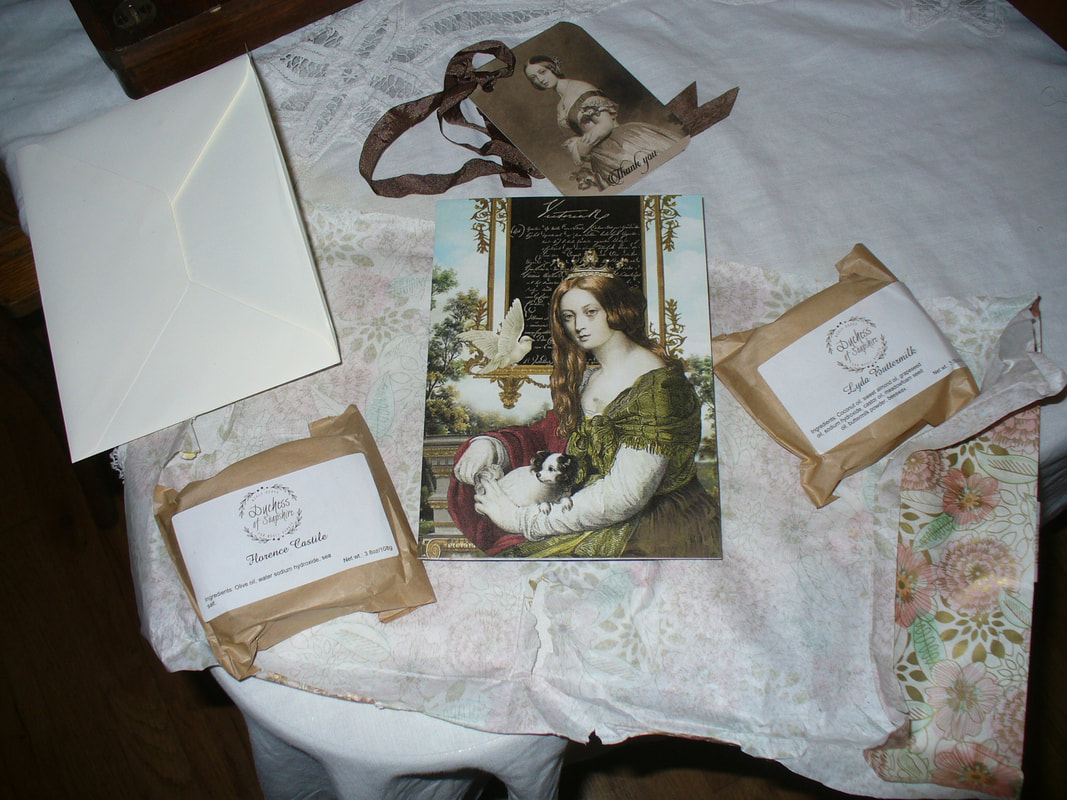
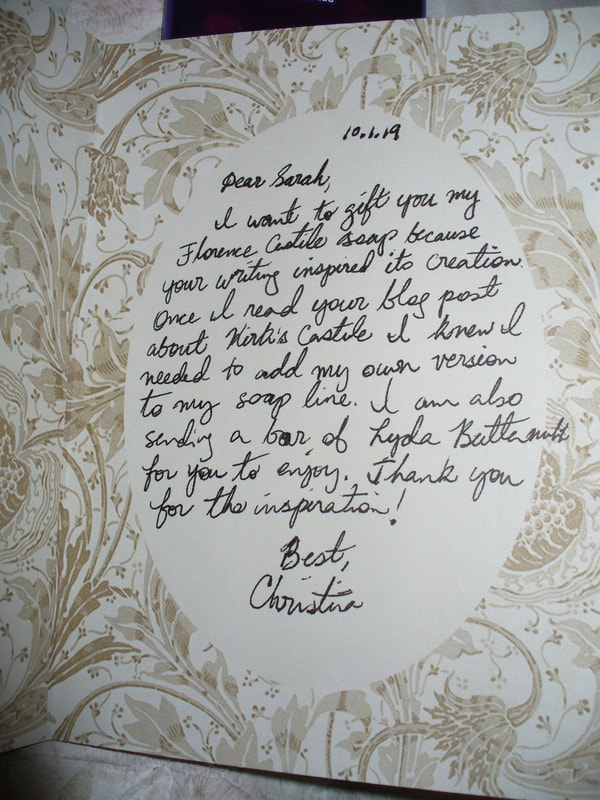
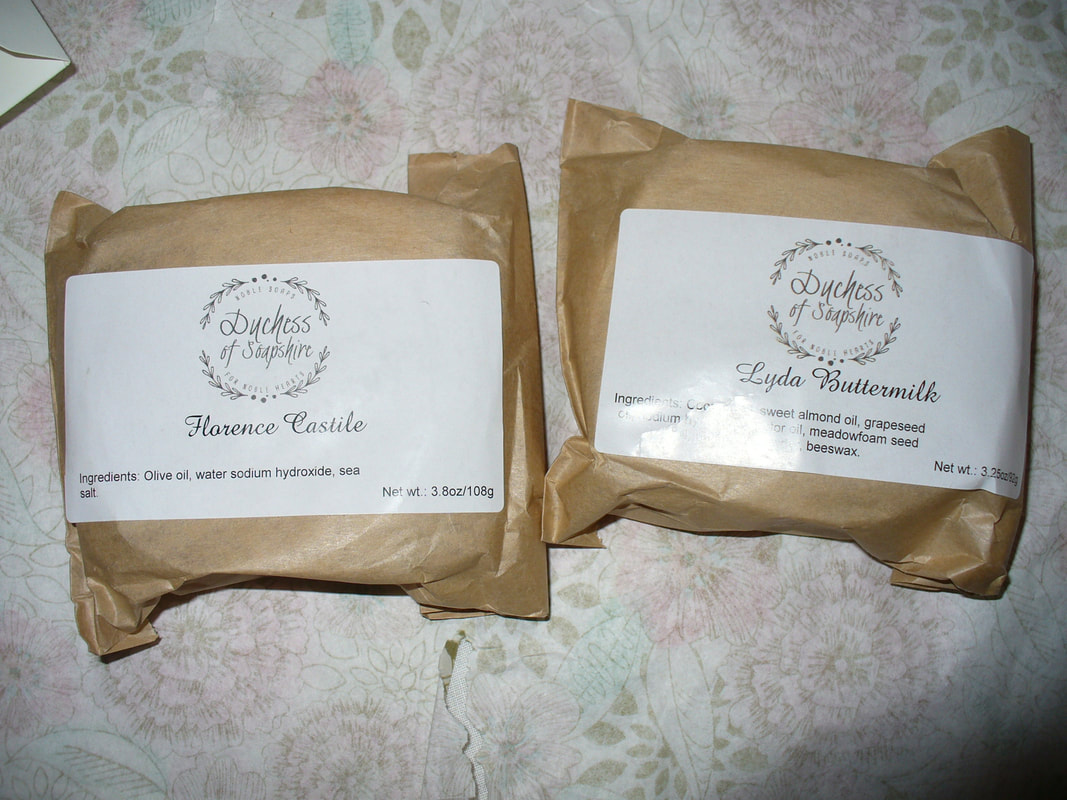
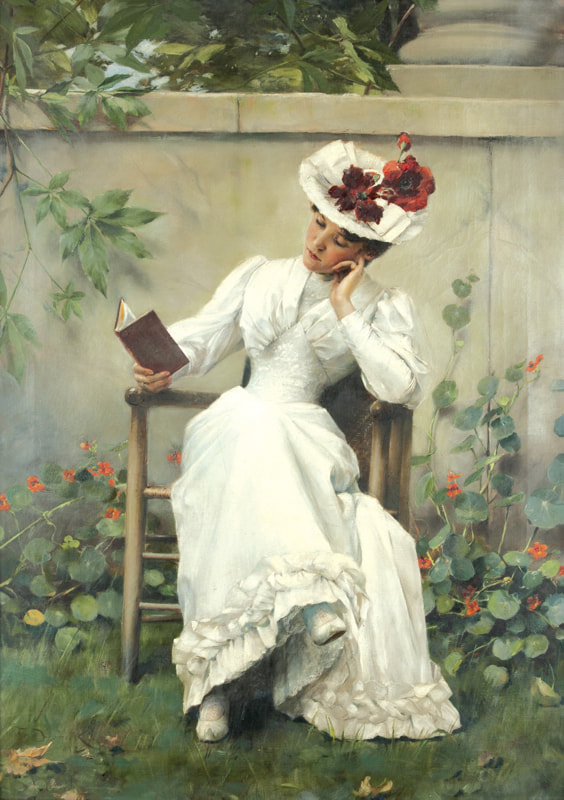
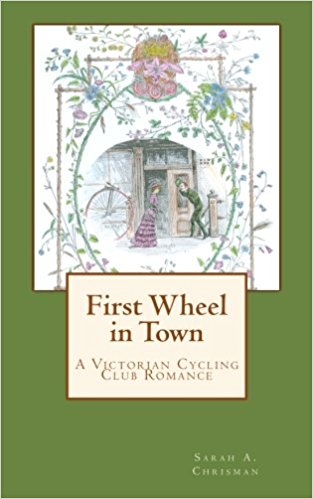
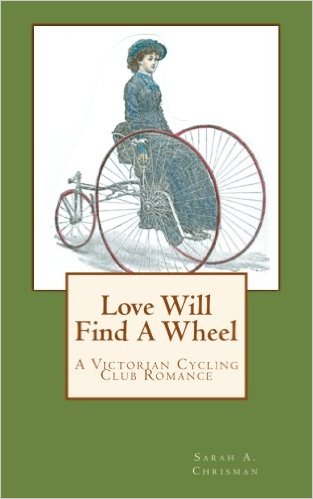
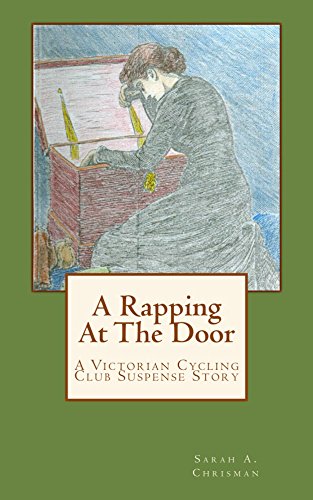
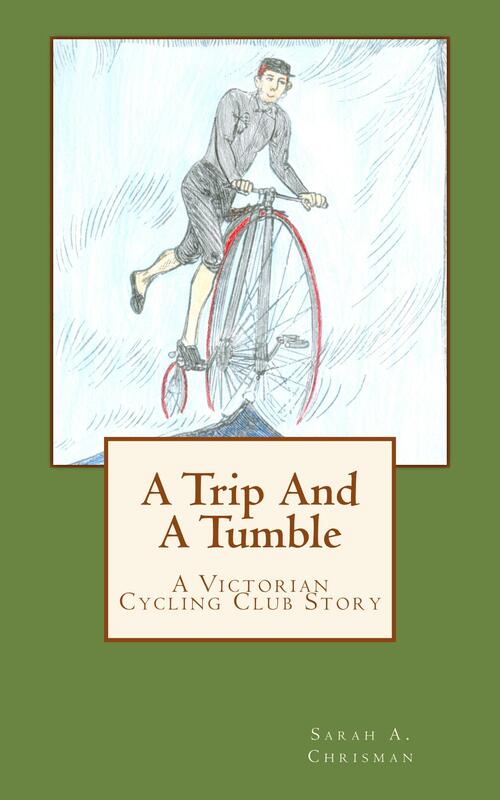
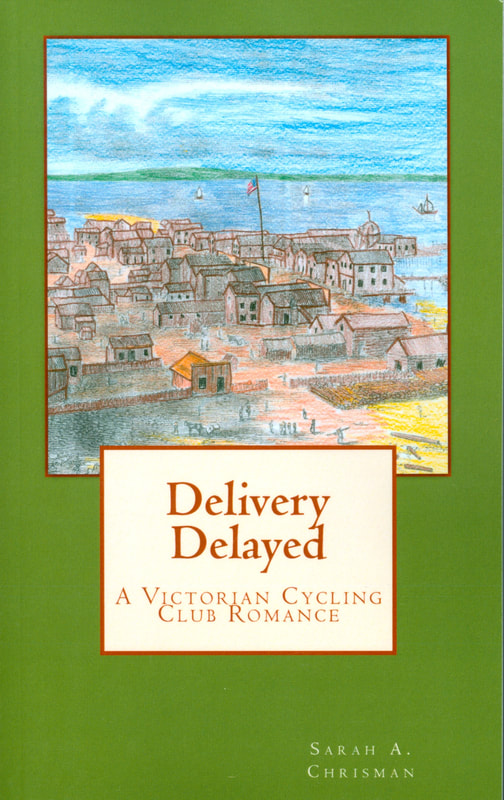
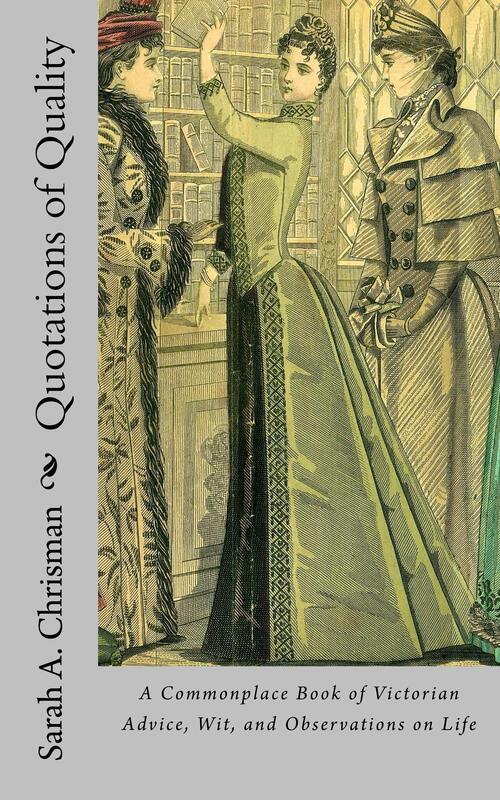
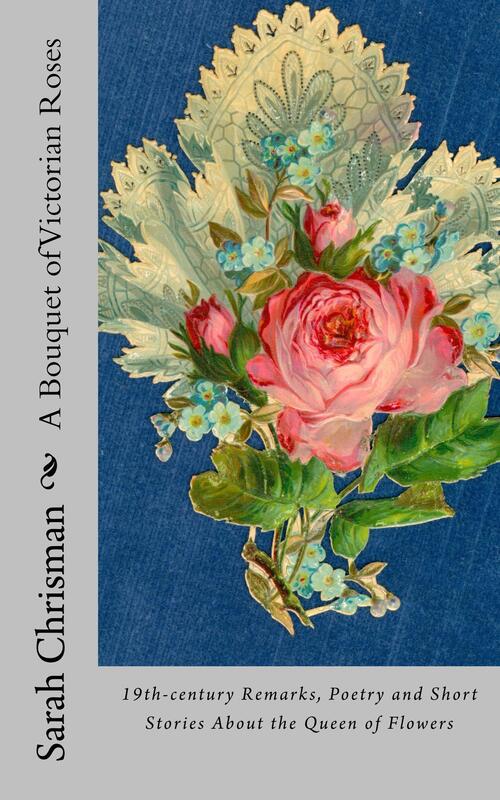
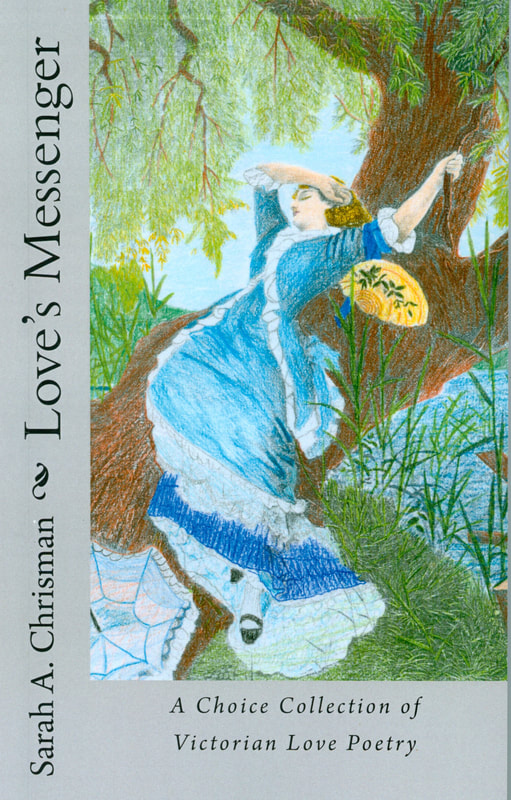
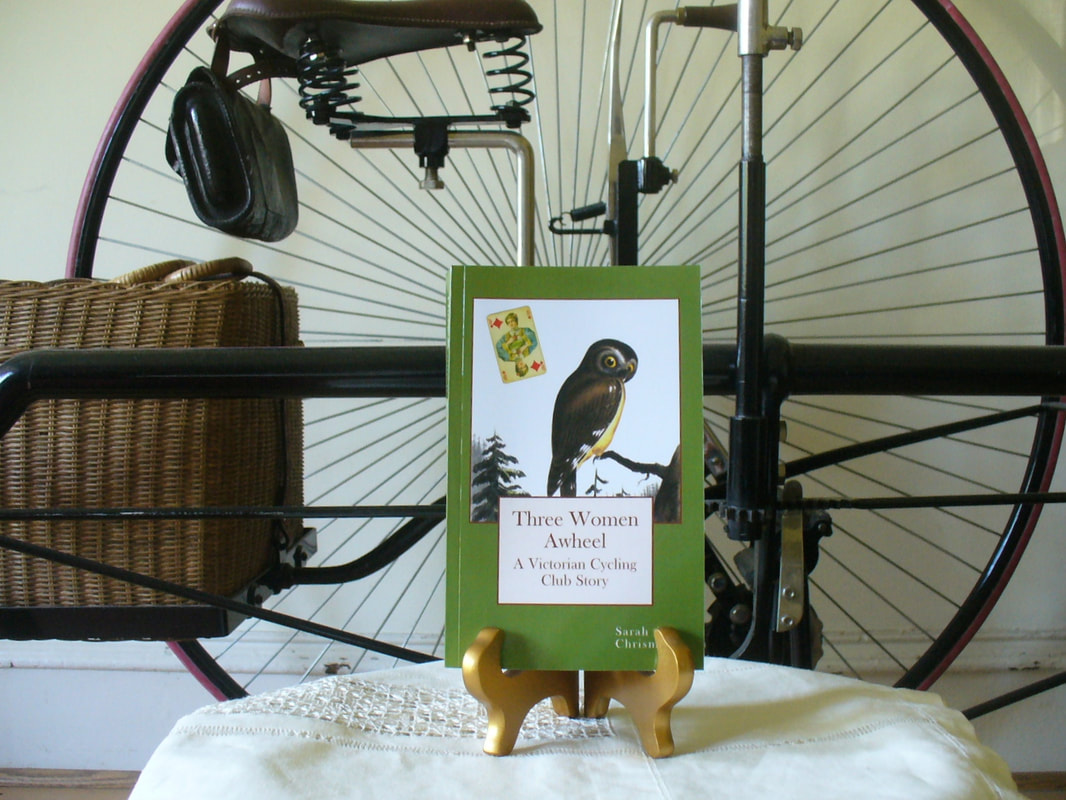
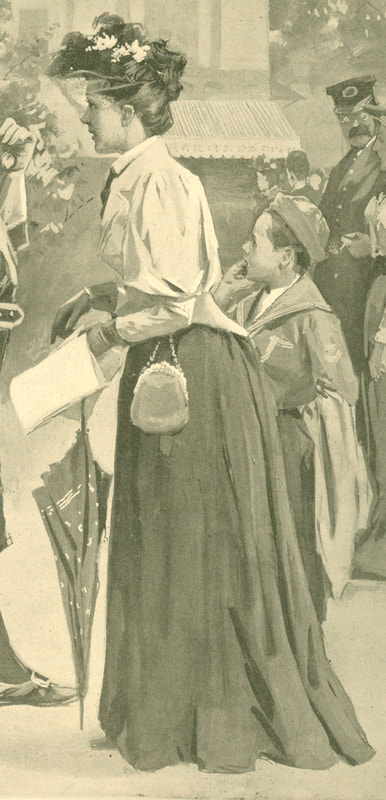
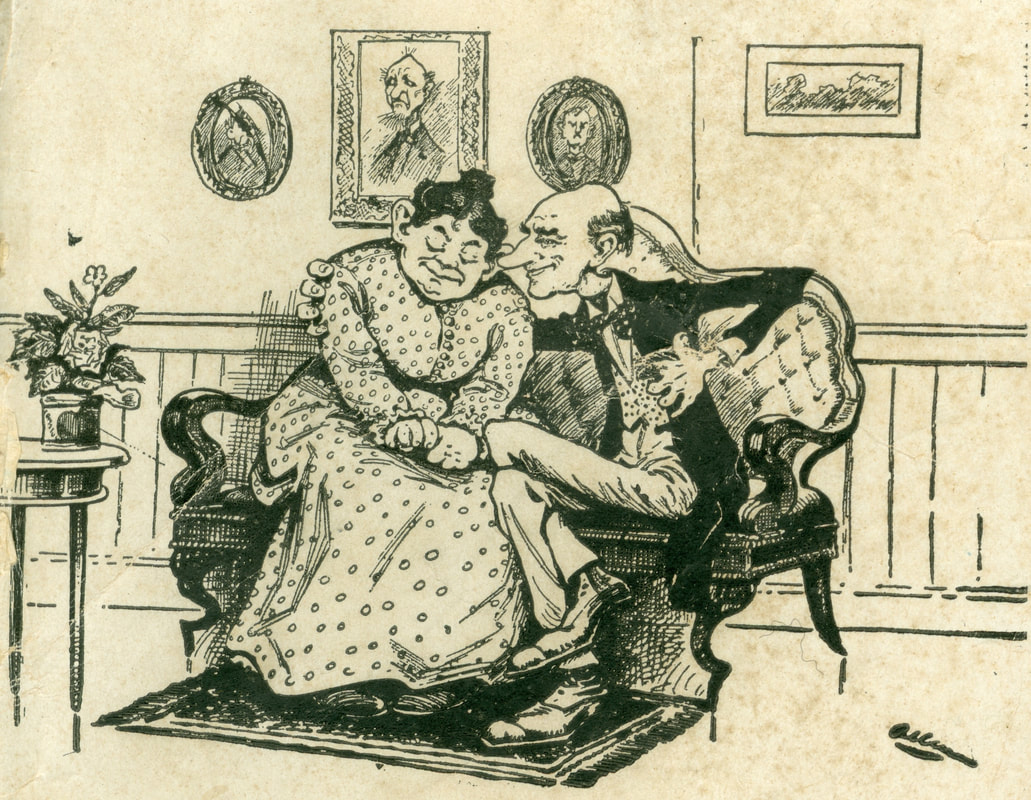
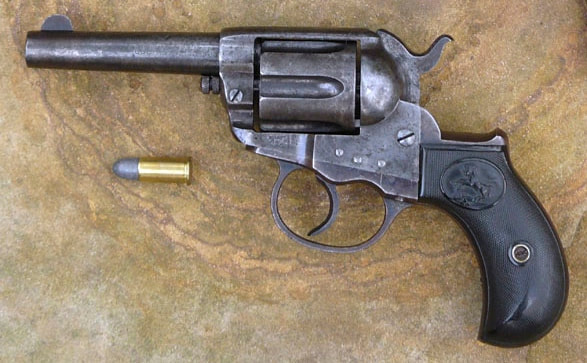
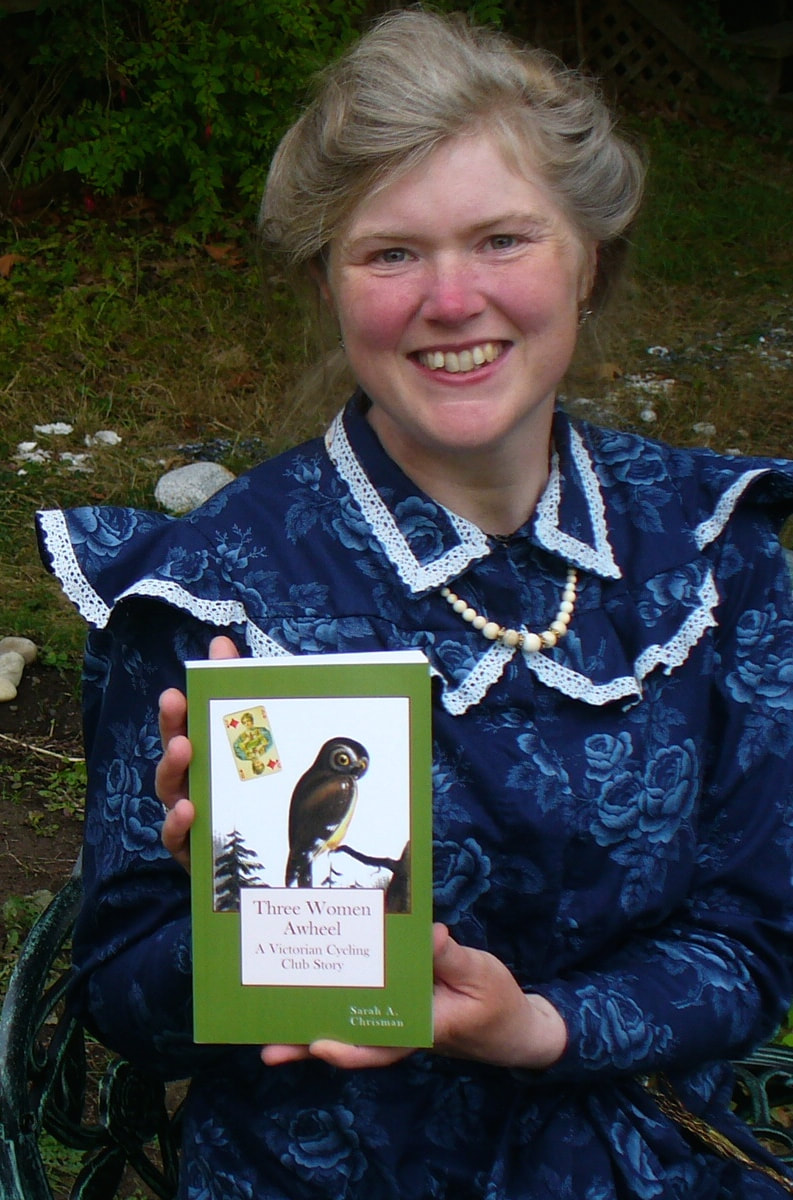
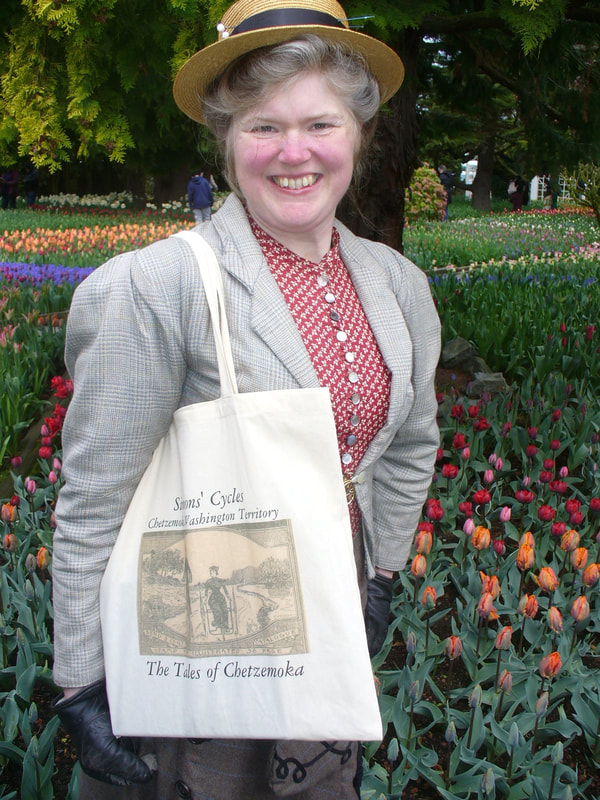
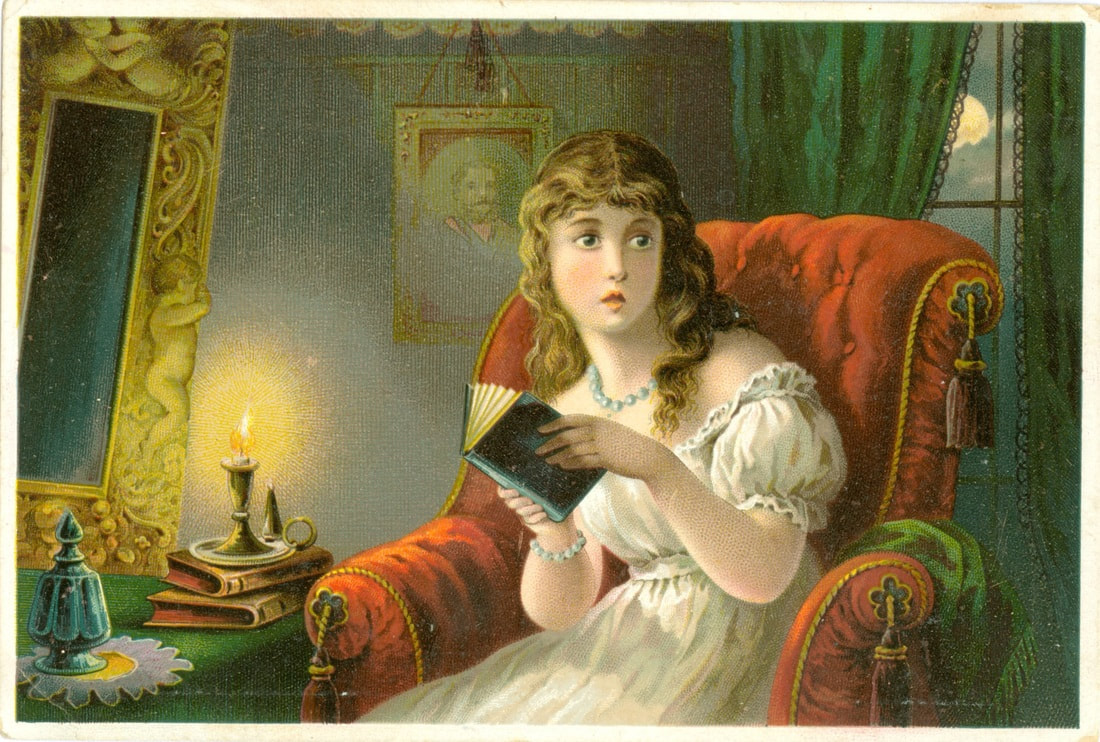
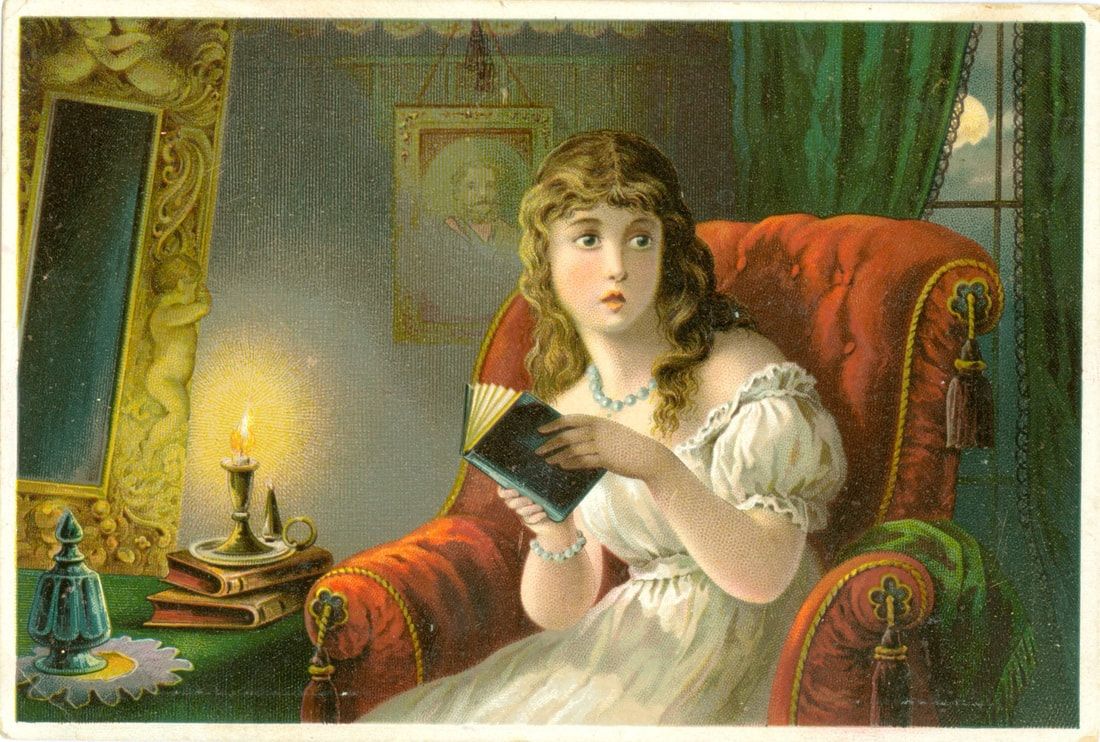
 RSS Feed
RSS Feed